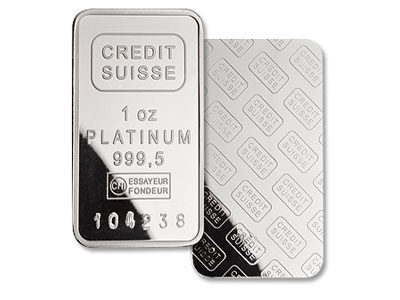
– Silver, platinum and palladium see increased role as investment vehicles
– Increase in academic output on the white precious metals is in line with this
– Silver and particularly gold are safe haven assets
– Silver was a safe haven at times during which gold failed to be
– Platinum and palladium less so but have diversification benefits
– Silver manipulation is possible and indications of, if not legal proof
– Benefits platinum and palladium could provide as money not been fully addressed
– Main focus in investment drivers is price – not on drivers of physical demand
– Platinum, palladium and silver have different relationships with other assets and divergent abilities in hedging risk
– White precious metal investors should employ a buy-and-hold strategy
– Silver markets have become more efficient since 1977
– White precious metals are increasing in investment importance
– Research shows hedging role and diversification benefits of precious metals
A review of the academic literature on the financial economics of silver, platinum and palladium has recently been conducted by Vigne, Lucey, O’Connor and Yarovaya.

The review surveys and covers the findings on a wide variety of topics in relation to the White Precious Metals including Market Efficiency, Forecast-ability, Behavioral Findings, Diversification Benefits, Volatility Drivers, Macroeconomic Determinants, and their relationships with other assets.
For those asking whether or not they should invest in precious metals or to increase their allocation, it can be of use to read some academic research into the role the white metals can play in hedging risk in their investment and pension portfolios. There are many strongly held opinions regarding gold and silver and precious metals and some mathematical and economic analysis can go a long way in helping us to understand how and why we should consider investing in these less popular precious metals.
How efficient are the white metal markets?
Given that silver is traded 24 hours a day, across the globe one would, argue the authors, expect to find a market that is ‘constantly involved in price discovery and adhere closely to the Efficient Markets Hypothesis’. This expectation has lead to a number of studies seeking to address this question.
Below we summarize the authors’ findings. The papers featured look at not only the efficiencies of the markets but the effectiveness of futures markets at predicting spot prices and also market manipulation.
Key findings across the literature, relevant for investors include:
Solt and Swanson’s (1981) research – soon after silver’s massive bull market in the 1970s which propelled prices from below $1.50/oz to nearly $50/oz – led them to conclude that silver markets are more speculative than other investment markets
Varela’s (1999) regression model finds closest to delivery silver futures are a good predictor of the future cash price, showing efficient links between these markets
Charles et al. (2015) looks at the efficiencies of both the daily spot prices of platinum and silver between 1977 and 2013. They find that that the markets have gradually become more efficient during this period
Silver price manipulation is a hot topic among investors and banks have been guilty of manipulating the gold and silver markets in recent years and so it is something important for academics to study. Batten et al. (2016), looking at the 5 minute tick data between the 1st of January 2010 and the 30th of April 2015, finds evidence of ‘possible manipulation’ but warns that the ‘evidence provided is merely indicative and not a legal prove for foul play’
Looking at silver prices between 1975 and 2013, Gil-Alana et al. (2015a), find shocks send silver higher but ‘exogenous shocks will affect real silver prices less intensely than gold prices’
Fassas (2012) finds a significant correlation between silver returns and the flows into silver Exchange-Traded Products exists and further find that ETP flows are a driving factor for platinum and palladium prices
By examining the daily price of silver between January 1968 and March 2016 and the daily price observations of platinum and palladium between April 1990 and March 2016, Almudhaf and Al Kulaib (2016) conclude that a traditional buy-and-hold strategy outperforms an attempted market timing strategy
















